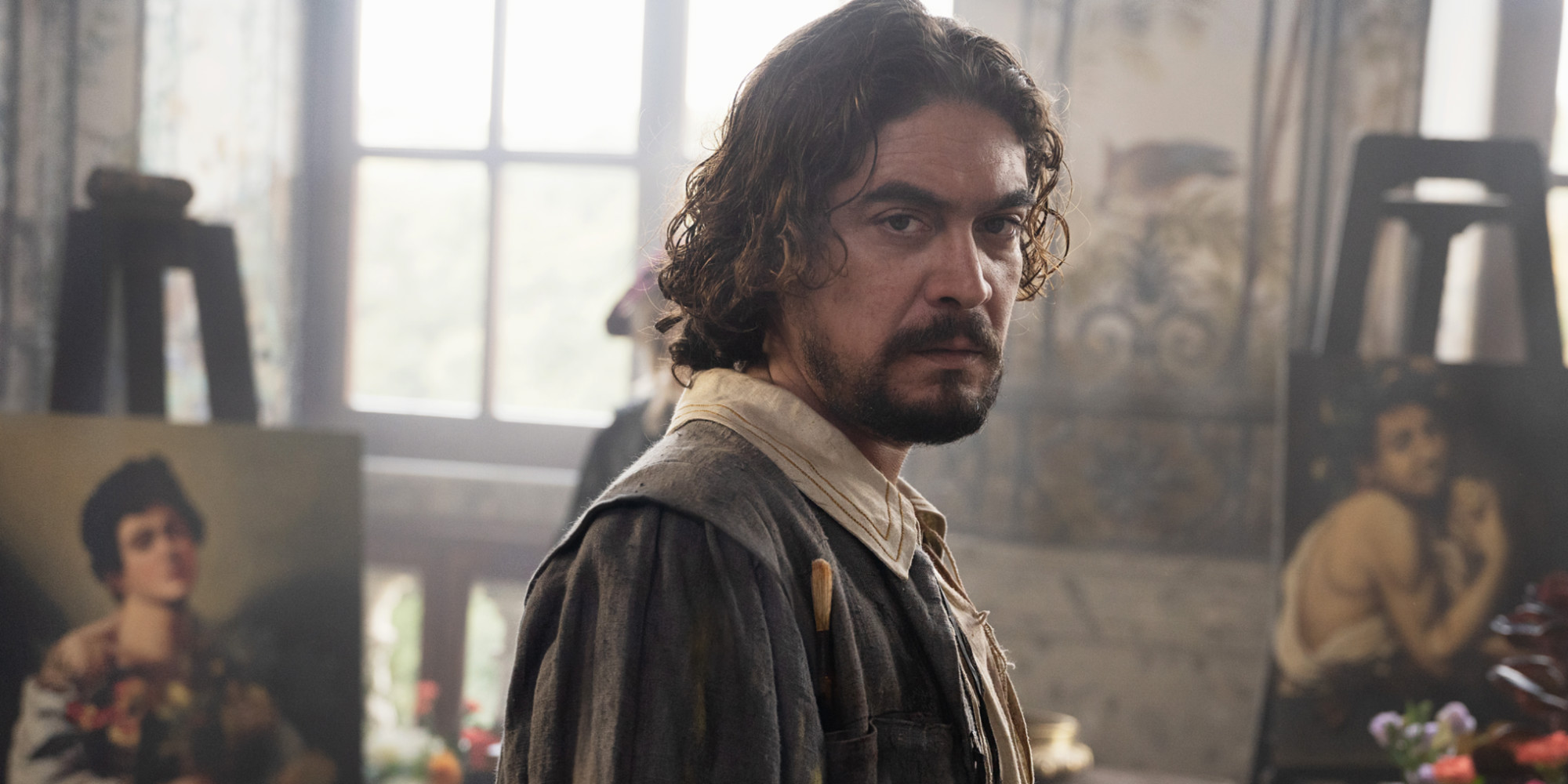Europe 1 with AFP 11:15 a.m., December 23, 2022, modified at 11:16 a.m., December 23, 2022
The famous painter Caravaggio is in the spotlight of Michele Placido's next film which will be released in theaters on Wednesday.
This Franco-Italian co-production retraces a moment in the painter's life of high dramatic intensity.
In the cast: Riccardo Scamarcio, Louis Garrel, Isabelle Huppert, Lolita Chammah.
A Christian "rock star", in love with truth and creative fury: this is the new face of the famous painter "Caravaggio" proposed by the Italian director Michele Placido, in an eponymous film, in theaters on Wednesday.
Incarnated by the actor Riccardo Scamarcio, chosen by the director for his astonishing "resemblance to the painter in some of his paintings", this Franco-Italian co-production retraces a moment in the painter's life of high dramatic intensity.
The story opens in a sticky and rainy setting
Accused of murder, Caravaggio fled Rome and took refuge in Naples.
Supported by the powerful Colonna family, he tries to obtain the grace of the Church to return to Rome.
The Pope then decides to have an inquisitor, the Shadow, conduct an investigation into the painter whose art is considered subversive and contrary to the morality of the Church.
Alongside Riccardo Scamarcio, Louis Garrel (L'Ombre), Isabelle Huppert (Costanza Colonna) and his daughter, Lolita Chammah (Anna Bianchini) complete the cast of the film, which was shot in the language of Dante.
The story opens in a sticky and rainy setting, reconstituted in order to "make an authentic, dirty film, far from the temptation of a polished reconstruction", explains to AFP the director, 76, former street cop of Rome, who was also an actor on the boards and in the cinema, before taking the camera.
He "called on historians like Vincenzo Pacelli both for the great fidelity of the historiographical reconstructions of the paintings" of Caravaggio and for his life and death.
Caravaggio "was one of the first directors in history and even one of the first cinematographers", he says.
“He used people he staged as if on a real film set, with lights and shadows faithfully recreating his vision of a scene from life.”
This is the case of his masterpiece "The Death of the Virgin", an emblematic painting kept at the Louvre, "which caused a scandal because it used a famous prostitute of the time, Anna Bianchini, to represent the Virgin. He reproduced the scene and then put everything on the canvas," he adds.
One of the strengths of the film: the reconstruction of biblical scenes and life
One of the strengths of the film is due to this reconstruction of biblical scenes and life, in colors extremely faithful to Caravaggio's canvases, with beggars and social outcasts as living models, which the Church will reproach him for even if some of its members cannot help admiring his genius.
It is precisely "a Caravaggio who opposes the sumptuousness of the Church", that the director says he wanted to stage with "a somewhat rock image".
His restless nights of parties and torments follow days of uninterrupted wanderings.
Caravaggio only seems to stop during dazzling inspirations where all his attention is held by the vision of a scene he is going to paint.
Michele Merisi da Caravaggio, his real name, Frenchified Carvage or Le Caravaggio, was born in 1571 in Milan.
He first chose the ecclesiastical path "before devoting his whole life to representing the + last +, the most loved by Christ: the common people, the prostitutes, the people of bad reputation, the poor, the outcasts of the society", emphasizes Michele Placido.
The film offers a spectacular dive into the artists' studios of the time where Artemisia Gentileschi, born at the time of the Academy of Capo de Fiori and who was one of the first female painters in history, appears.
We also follow Caravaggio in prison where he meets Giordano Bruno, during his execution.
Caravaggio
Caravaggio Trailer VO

